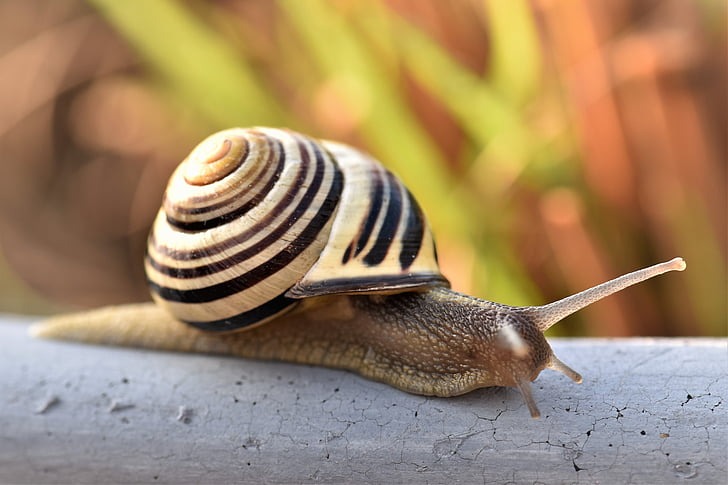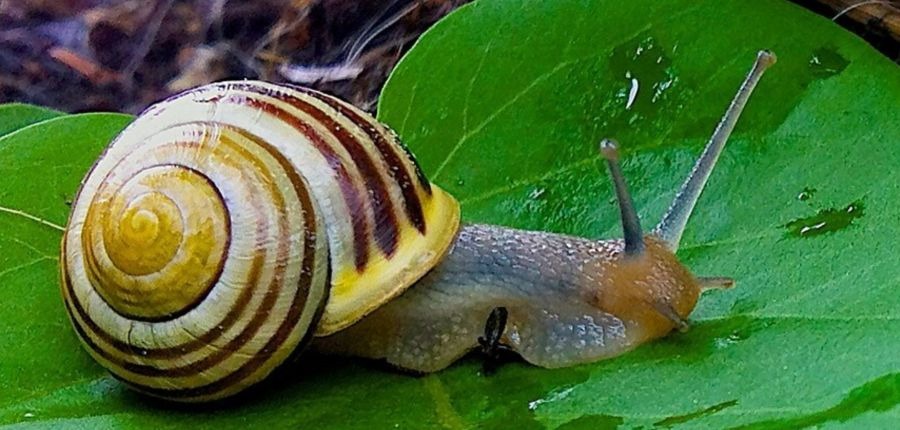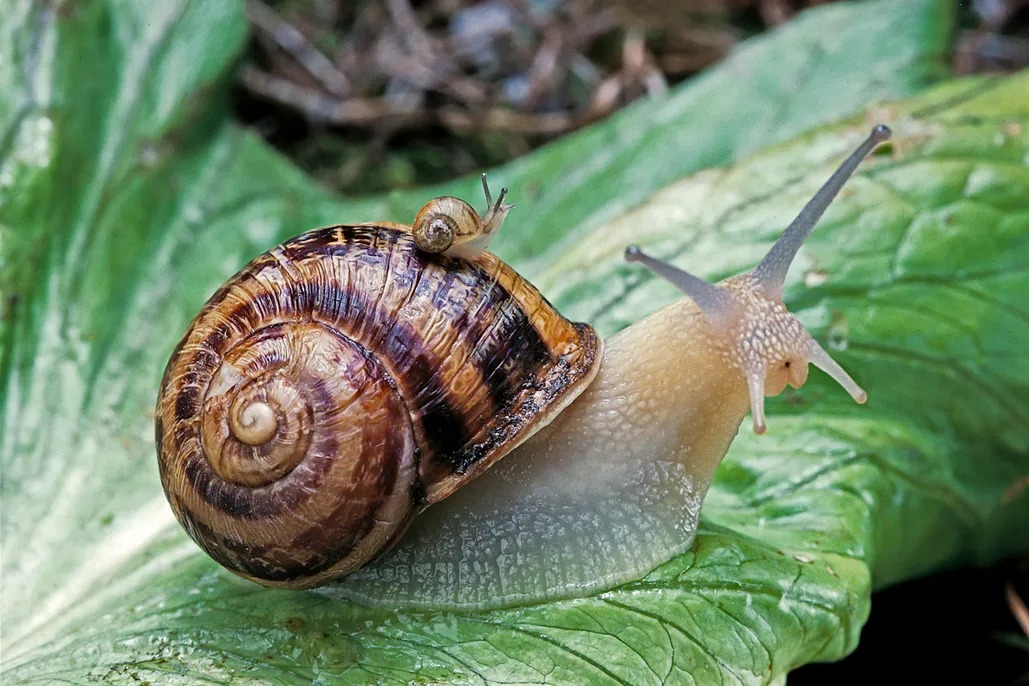It starts quietly.
A faint shimmer across your floor. A tiny, glistening trail where no one walked. Then, you spot it — slow, soft, and unexpected.
A slug.
Your first instinct might be disgust. You might wrinkle your nose, reach for salt, or wonder where it snuck in from. But before you chase it out with a broom or flick it into the yard, pause for a moment.
Because that little creature has a story — one far more important than you might imagine.

The Silent Recycler of the Natural World
In the grand machinery of nature, slugs are the overlooked gears — unseen, unappreciated, but absolutely essential.
These small mollusks feed on what most of us ignore: decaying leaves, fungi, and forgotten debris. In doing so, they help break down organic matter, enriching the soil and fueling new growth. What seems like mere scavenging is actually quiet alchemy — turning waste into nourishment for plants, trees, and everything that grows from the earth.
And their work doesn’t go unnoticed in the wild. Slugs are a vital food source for birds, toads, hedgehogs, beetles, and more. Remove slugs from the equation, and you risk toppling the delicate balance of an entire food web.
A Trail to Science, Medicine, and Beauty
Here’s where the story takes a fascinating turn — because the slime that makes slugs seem so unpleasant?
It’s a miracle compound in disguise.
Slug mucus is rich in regenerative enzymes, known to promote cell repair, reduce inflammation, and even fight bacteria. Medical researchers are already exploring its potential in wound healing and skin regeneration.
Cosmetic companies are paying attention too. Like snail mucin, slug slime contains hyaluronic acid and antioxidants — ingredients beloved for their anti-aging and hydrating effects. What once sent shivers down our spine might soon find a place in our skincare routine.

A Window into the Human Mind
Beyond beauty, slugs have quietly contributed to something far deeper: our understanding of how the brain works.
Their simple nervous systems have become valuable models in neuroscience. By studying how slugs learn, store memories, and react to stimuli, scientists have gained insights into the neural processes of memory and learning in humans.
Yes, that sluggish crawler you almost stepped on is part of the same scientific journey that explores Alzheimer’s, memory loss, and cognitive function.
So Why Are Slugs Coming Into Your House?
If slugs keep slipping into your home, don’t dismiss it as coincidence. Your environment might be inviting them in — unintentionally.
🔹 Moisture: Slugs thrive in dampness. Leaky pipes, basements, and standing water offer them ideal hydration.
🔹 Vegetation: Gardens, potted plants, and even compost bins are a buffet for these herbivores.
🔹 Shelter: Slugs flee from heat and light. They seek out clutter, dark corners, and forgotten spaces for refuge.
🔹 Temperature: On chilly nights, your warm home can be a tempting escape from the cold.
Consider it a gentle nudge: your home might need better drainage, less clutter, or simply a little observation.
The Bigger Picture
Slugs may not be cute. They don’t hum, glow, or dance like bees or fireflies. They’re not majestic like eagles or mysterious like foxes.
But they matter.
They’re caretakers of the soil. Messengers of moisture. Providers of scientific knowledge and healing potential. They may enter your home by accident — or perhaps as a quiet reminder of nature’s complexity and balance.
So next time a slug slinks across your floor or your garden path, resist the urge to recoil.
Maybe, just maybe…
It’s not a pest.
It’s a visitor with purpose.

Moral of the story:
Even the most overlooked creatures carry wisdom and worth. In a world of noise, the quietest beings often have the most to teach us.